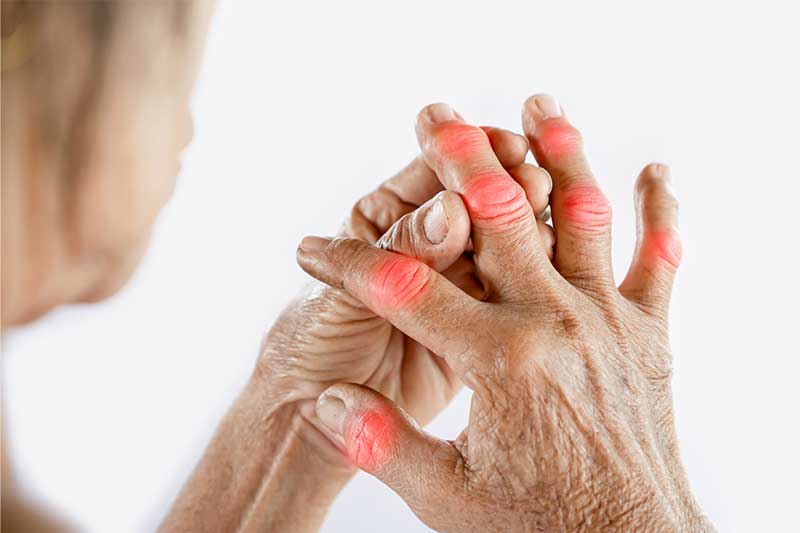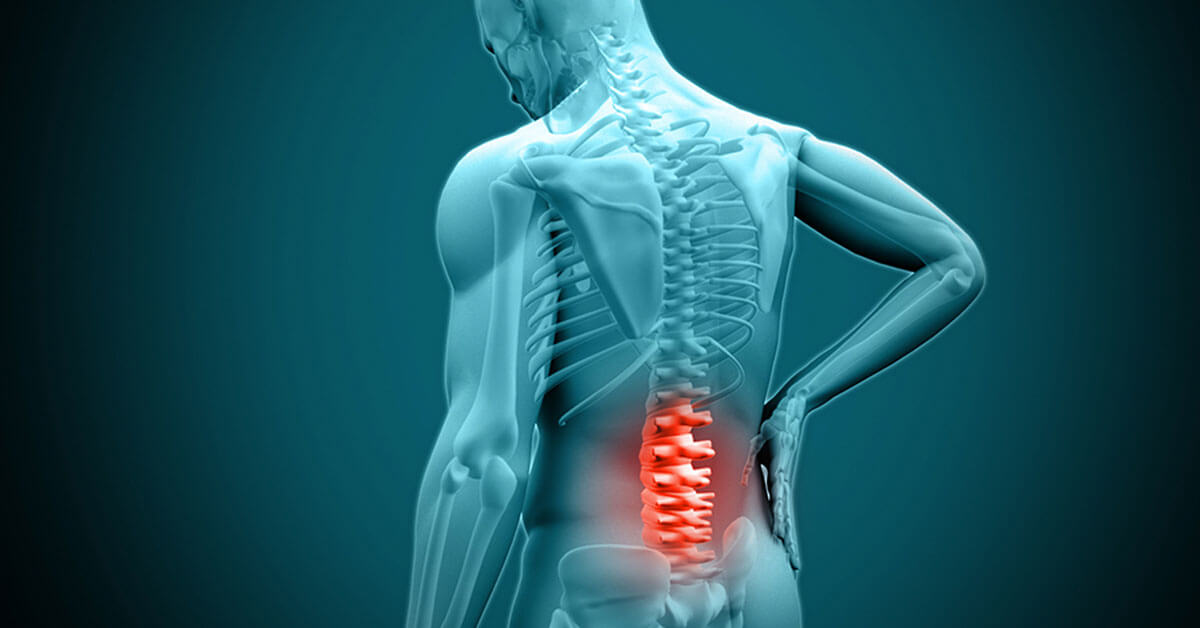Migraine : A migraine is a headache that can cause severe throbbing pain or a pulsing sensation, usually on one side of the head. It’s often accompanied by nausea, vomiting, and extreme sensitivity to light and sound. Migraine attacks can last for hours to days, and the pain can be so severe that it interferes with your daily activities.
A migraine headache usually affects one side of the head, but some people experience pain on both sides.
A migraine episode can occur in four distinct phases, though not everyone experiences every phase.
Learn More
Headache :
There are many different types of headaches, which experts have classified into two main groups — primary and secondary.
Primary headaches refer to independent conditions that cause pain in the head, face, or neck. Examples of primary headaches include migraines and tension headaches.
Secondary headaches occur as the result of another medical condition, such as an infection, stress, or medication overuse.
Primary headaches
Types of primary headaches include:
Tension-type headache
Tension-type headaches are common primary headache disorder that affect around 42 percent of adults worldwide.
Tension-type headaches feel like a band of intense pressure around the head.
Doctors classify tension-type headaches as episodic or chronic. Episodic tension-type headaches happen between 10 and 15 days per monthTrusted Source. Chronic tension-type headaches occur more often and may cause soreness in the scalp.
Several factors can cause tension-type headaches. These can include:
- clenching the jaw
- hunger
- depression or anxiety
- lack of sleep
- sleep apnea
- arthritis
- bending or straining the neck
- poor posture
- stress
Cluster headaches
Cluster headaches cause severe pain on one side of the head, often behind the eye. These headaches come in clusters, meaning multiple headaches occur around the same time every day for several weeks.
Cluster headaches occur in cycles of recurring headaches followed by periods without headaches.
According to the National Institutes of Health (NIH)Trusted Source, cluster headaches usually last 6 to 12 weeks. Cluster headaches tend to affect males more often than females.
Symptoms of cluster headaches include:
- severe pain on one side of the head
- pain behind the eye
- red, watery eyes
- sweating
- congestion
- restlessness or agitation
- changes in heart rate
Hemicrania
Hemicrania are persistent headaches that fluctuate in severity. These headaches usually affect the same side of the head. People can have daily, or chronic, hemicrania headaches.
Other people might experience periods of recurring headaches followed by headache-free periods.
Other symptoms of hemicrania headaches include:
- nausea and vomiting
- sensitivity to light and sound
- watery eyes
- redness or irritation of the eyes
- sweating
- congestion
- swollen eyelids
Secondary headache disorders
Illnesses and chronic medical conditions that affect the nervous system can cause secondary headaches.
Causes of secondary headaches include:
- sleep disorders
- brain tumors
- strokes
- withdrawal from medications or drugs
- head trauma
- inflammation
- seizures
- leaking spinal fluid
- physical deformations of the head, neck, or spine




